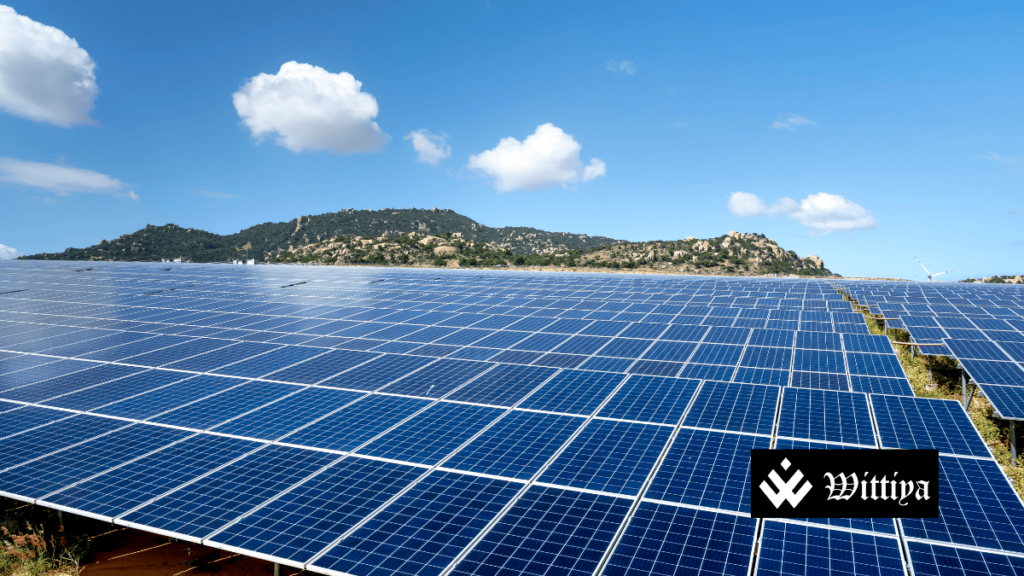India’s renewable energy sector faces challenges due to weak demand for tenders, delays in power purchase agreements, and frequent project cancellations, raising concerns about the country’s 2030 target of 500 GW non-fossil power capacity. The Institute for Energy Economics and Financial Analysis (IEEFA) reports that over 40 GW of renewable projects remain unsigned, while 38.3 GW worth of projects were canceled between 2020 and 2024. This uncertainty could deter investor confidence and impact financing for future projects.
India’s renewable energy sector is grappling with critical challenges, including weak demand for tenders, frequent project cancellations, and prolonged delays in signing power purchase agreements (PPAs). According to the latest report by the Institute for Energy Economics and Financial Analysis (IEEFA), these factors pose a significant threat to the nation’s ambitious goal of achieving 500 GW of non-fossil power capacity by 2030.
IEEFA’s report reveals that over 40 GW of renewable projects remain unsigned, leaving investors uncertain about future returns. Additionally, between 2020 and 2024, 38.3 GW worth of projects were canceled, highlighting a major obstacle to renewable energy expansion. This uncertainty has begun to deter investor interest and could limit access to low-cost financing from institutional investors, raising concerns over India’s energy transition.
Key Challenges Impacting Renewable Energy Growth
- Weak Demand for Renewable Energy Tenders: Investors are cautious as bidding processes lack participation, slowing down the execution of new projects.
- Delayed Power Agreements: Several power purchase agreements remain unsigned, stalling project implementation.
- Project Cancellations: Since 2020, large-scale cancellations have disrupted renewable energy expansion.
- Financing Concerns: With growing uncertainty, investors are reconsidering financial commitments to India’s green energy initiatives.
India’s Renewable Energy Goals at Risk
India has made significant progress in renewable energy, currently boasting 165 GW of installed non-fossil power capacity. However, the country has already fallen short of its 2022 target of 175 GW, with fossil fuels still playing a dominant role in the energy mix. The new target of 500 GW by 2030 now appears increasingly difficult to achieve given the current roadblocks.
Expert Insights on the Situation
According to IEEFA’s Energy Specialist, Shantanu Srivastava, the sector’s struggles could negatively impact future projects. “The issues in India’s renewable energy sector could deter investor interest and hinder access to low-cost financing,” he stated.
Madhu Lunawat, CIO of Bharat Value Fund, emphasized the importance of addressing these challenges: “For India to meet its 2030 renewable energy target, the government must focus on resolving delays in agreements and ensuring a stable investment environment.”
Government’s Response and Future Outlook
To address these concerns, policymakers are expected to introduce measures that encourage higher participation in tenders and streamline approval processes. Experts suggest that revamping PPA frameworks, improving grid infrastructure, and offering incentives could help accelerate growth in the sector.
While India remains committed to its renewable energy ambitions, overcoming these setbacks will be crucial in securing a sustainable energy future. Investors and stakeholders will be closely watching how the government navigates these challenges in the coming months.
